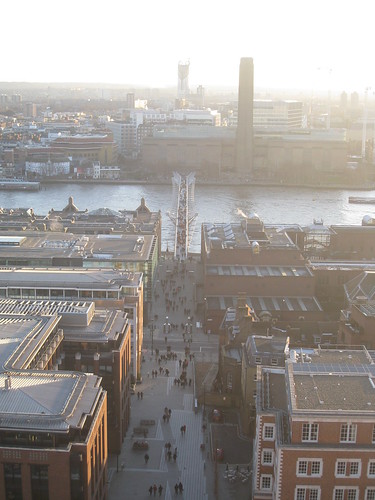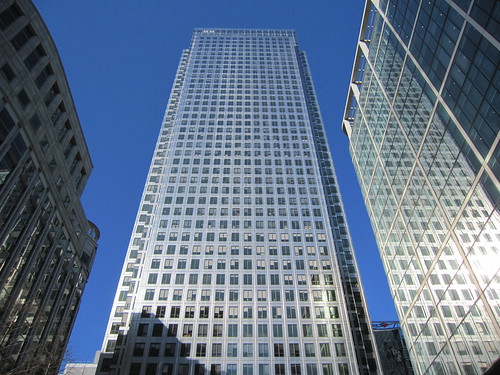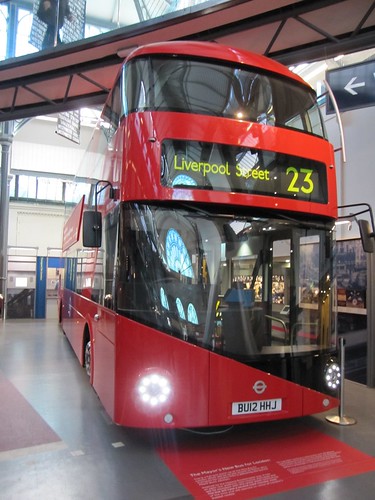It was as I prepared to turn into a side road near my house
that I saw the young man tearing the other way on a mountain bike. His eyes
were fixed ahead, his head was hunched over the handlebars and he was pedalling
with an intensity that instantly struck me as strange. It was as if he was
following Lance Armstrong’s famous advice to Floyd Landis on Stage 17 of the
2004 Tour de France: “Run like you stole something”.
 |
| Gentrified Fell's Point, Baltimore: insulated from the ghetto. |
The cycling police chase is one of many incidents I’ve
encountered while cycling that I’ve filed mentally for my great writing project
– a TV series telling contemporary London ’s
story as comprehensively as the epic series The Wire told Baltimore
"That's all she said to me,” I heard one builder say to another outside a house on my street recently. “If I get arrested again and do jail time, my mum won't have
anything more to do with me".
 |
| Guildford Road: neo-classical gems on one side, brutalist social housing on the other - and a cultural chasm down the middle |
Four years ago, someone stabbed a young Ghanaian man from
the Spurgeon Estate on Guildford
Road Landsdowne Gardens
The Guildford
Road London has few
ghettoes to match Paris ’s banlieues or west Baltimore
 |
| A cyclist on Colliers Wood High Street. It shares a postcode with the all-England lawn tennis club - but this part of SW19 features Tamil curries, not strawberries and cream. |
Cycling's role in the lives of people living on some of the rough estates can be very different from the one it plays in mine. One Sunday after stopping on our ride home from church to buy a
newspaper, my wife and I watched a young man ride his mountain bike onto the
pavement by some run-down social housing. A youngster was waiting on his BMX
bike. A package changed hands and both pedalled off fast in different
directions.
The scene made me wonder how many of the pavement cyclists who cause such tooth-sucking and headshaking in some parts of London are actually resupplying drug dealers. I also pondered what would happen if, as some suggest they should, the police were to crack down especially hard on such cyclists. Would the headshakers be happy if the resuppliers started arriving in equally poorly-driven cars?
 |
| Mist shrouds south London seen from the City's St Paul's Cathedral. But the world's leading financial centre is only a short cycle ride from some of Europe's worst urban deprivation. |
The prejudice is, perhaps, understandable. In a city where we know that
our neighbours lead very different lives from ours, it’s tempting to jump
to conclusions. There is surely some human instinct
when confronted with a potentially menacing driver or roadside group of teenage
boys to gather as much information fast as possible. We end up fitting people
into easy – and meaningless – categories.
Such stereotyping is hardly the kind of behaviour that
cyclists appreciate when they’re on the receiving end. I’ve occasionally had
drivers tell me when I’ve complained about their rule-breaking that, for
example, they “see cyclists run red lights all the time”. Few seem to grasp
that I have as little responsibility for other cyclists as the driver has for,
say, other delivery van drivers, motorcyclists or white people.
The perpetual struggle of life in a
city is to live beside groups that we may find alienating or strange and remember
that each member is as much an individual and precisely as real as we ourselves are. It’s also the city’s joy. I remember my excitement on first coming during
a ride that took me past Willesden Junction on a cluster of shops serving London
It's also a personal protection measure to remember that not everybody's book reflects his or her cover. That’s the lesson of an incident one recent morning as I pedalled away
from the Invisible Visible Boy’s nursery school in a plush corner of Clapham.
The couple in the car's front seat had looked instantly like the kind of people I like – a couple in
their sixties looking outwardly kind and driving a smart but sensible Audi
estate. Yet my sitting in front of him on a road over a narrow bridge clearly enraged the man.
The moment I was over, on a road section far too narrow for the maneouvre, he
squeezed past me, far too fast, leaving inches to spare.
I had pictured the couple as resembling my wife’s parents or
the other kindly, country-dwelling grandparents to whom my friends introduce me
at church. My stereotyping led me to move over, trusting them to drive safely. For
a different-looking couple, I might not have. In truth I knew no more about these
people than I do when I look over my shoulder to see what I assume to be a
menacing-looking African-Caribbean man. The good fortune is that my trust cost me
no more than a nasty scare. I could easily have ended up crushed under the car wheels
of a man who, no matter what we might seem to have in common, thought his petty
irritation justification enough to risk killing me.




